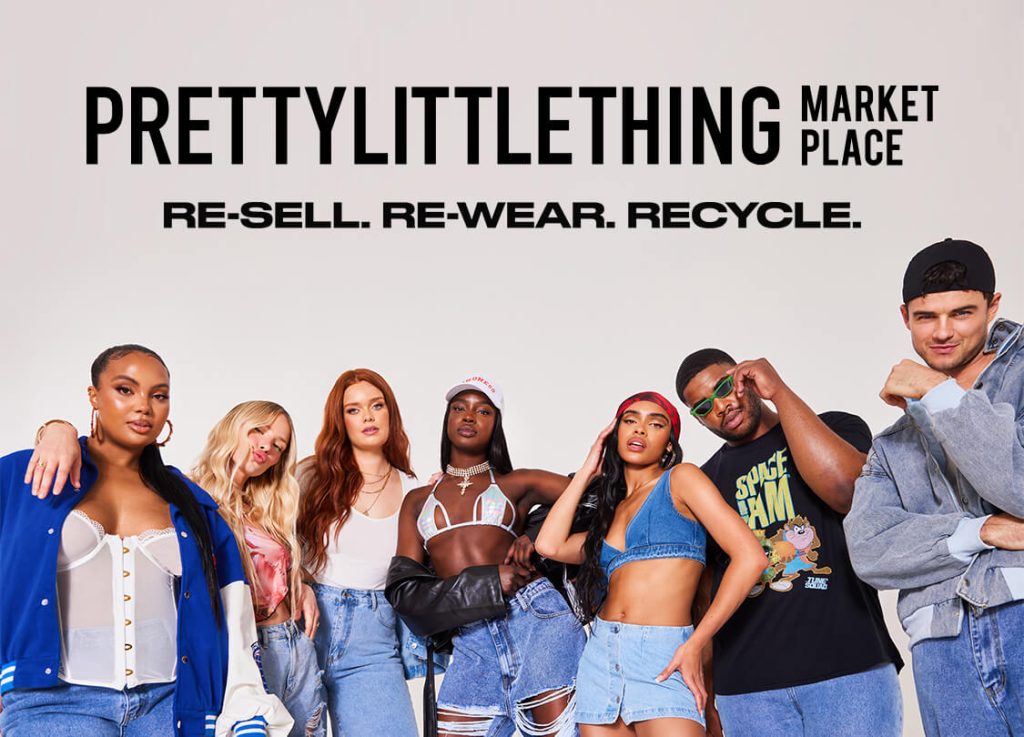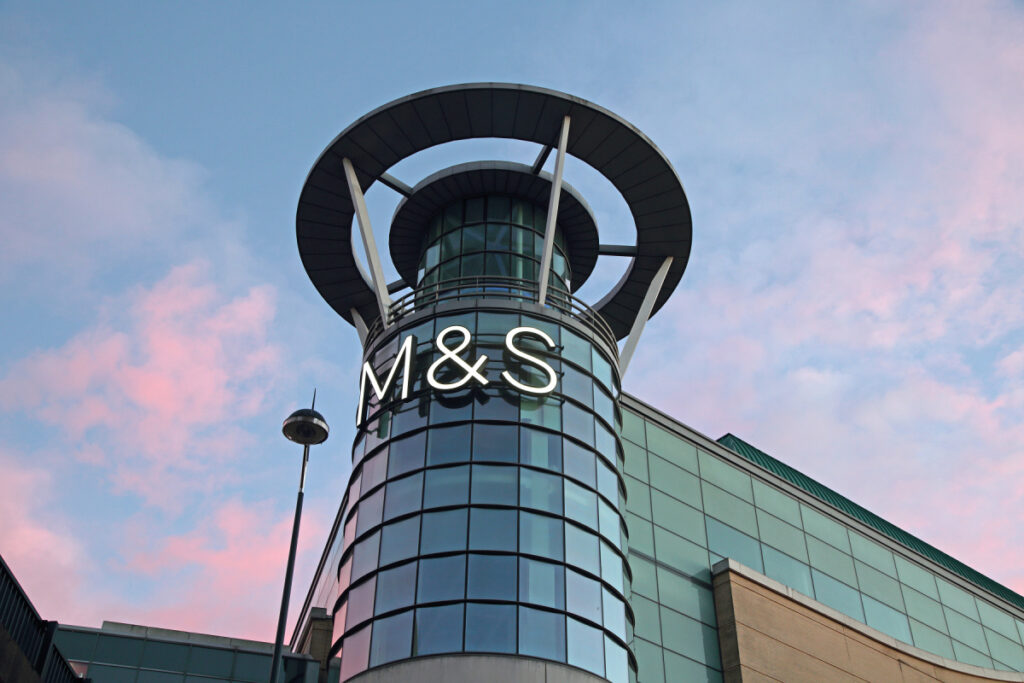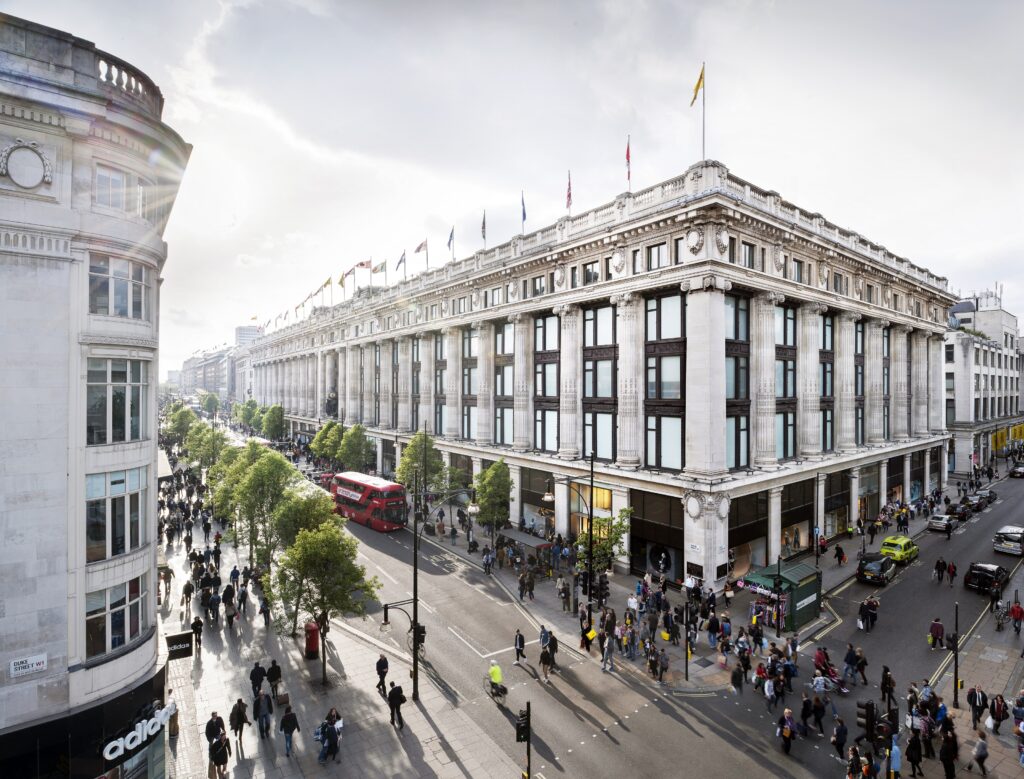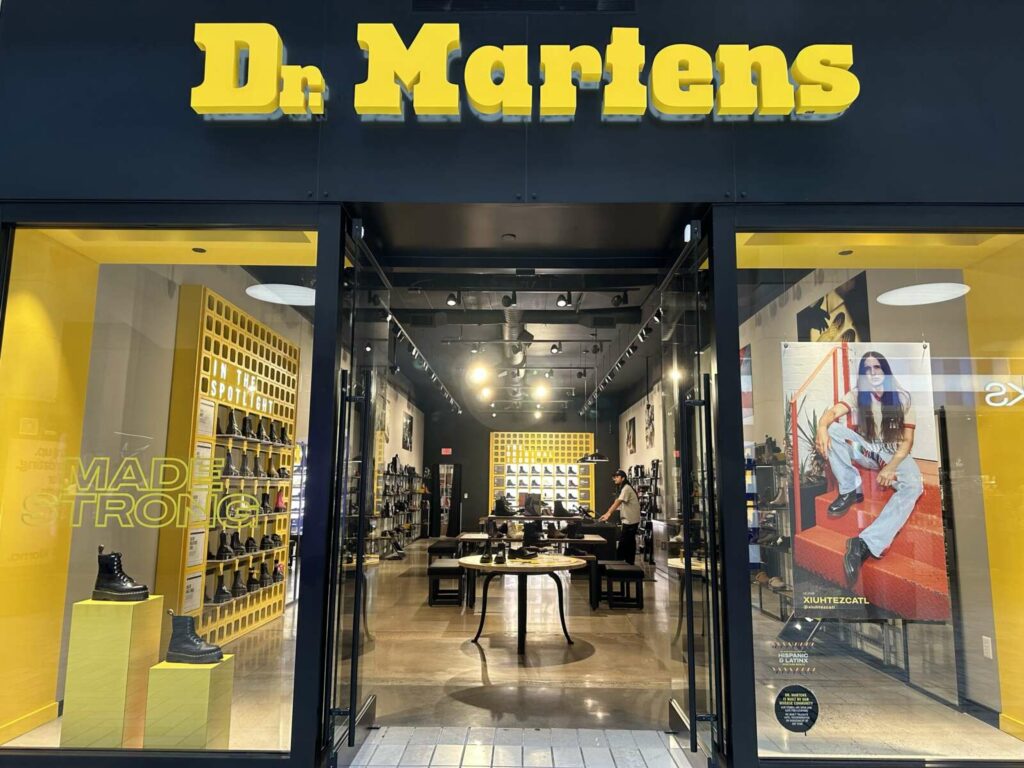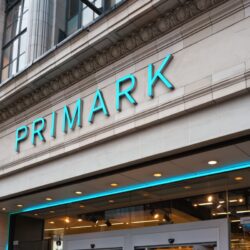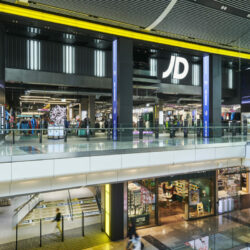In a move away from its fast-fashion roots, PrettyLittleThing launched its resale app PLT Marketplace last month, allowing shoppers to sell and purchase brand-new and pre-loved clothes from both PLT and other brands.
When PrettyLittleThing creative director Molly-Mae Hague unveiled the concept back in February, she spoke of “grand plans to disrupt the fashion industry”, and acknowledged it was a move that “wouldn’t be expected” from the fast fashion player.
There was inevitably a backlash with some accusing PLT of “greenwashing”.
However, its customers have lapped up the offer with the PLT Marketplace app reaching number three in the app store within three days of going live last month.
PLT marketing director Nicki Capstick says: “We had 70,000 signups in the first week alone, which exceeded our expectations.”
That figure grew to 100,000 downloads before the two week mark, which Capstick says has “really exceeded our expectations.”
Backlash aside, the marketplace launch is a smart move as sustainability remains an increasingly important topic within the fashion industry, particularly with its young shoppers who are changing their shopping habits.
According to ThredUp’s 2022 Resale Report, the global secondhand clothing market is predicted to grow three times faster than the global apparel market from now until 2026.
The popularity of Depop with PrettyLittleThing’s core market shows customers are rushing to buy secondhand clothing.
“We had 70,000 signups in the first week alone,” PLT marketing director Nicki Capstick
There’s now plenty of secondhand clothing to choose from on PLT Marketplace , which has more than 50,000 items listed on the site already.
A slick user experience
PLT is entering a fiercely competitive market, as apps such as Depop and Vinted remain and mainstream retail brands including M&S, New Look and Urban Outfitters have recently entering the resale market.

Just last week Joules launched a resale platform as part of its ‘Joules ReWear’ programme in a bid to reduce the amount of clothing that ends up in landfill while Clarks and Dr Martens have also recently jumped on the re-sale bandwagon through partnerships with Dotte and Depop.
With so many ways to shop pre-loved fashion, why are sellers using PLT’s marketplace over any other pre-existing apps?
A big draw is that users who download the app can use their pre-existing PLT account, instantly syncing all account details, ensuring a quick and pain-free customer experience.
This allows shoppers to view their PLT order history within the app, which means if they want to resell a previously bought item, they can pull existing images and information about the product.
“Everything you need is already there ready for you. You just have to edit a couple of the lines further down on the listing but its pretty much ready to go”, says Capstick, who explains that ease of use is critical for it’s time-poor customers.
PLT has also prioritised safeguarding its young female audience, and has features in place such as facial recognition to ensure trolls cannot infiltrate its platform.
The in-app messaging feature also has “blocked a lot terminology so people can’t be abusive, and people can’t send any harassment to each other”.
PLT also wants to take back customer feedback and is doing lots of surveys and focus groups to understand what they want from the platform to further develop its features.
Building awareness for PLT Marketplace
The fashion giant is using one of its tried and tested methods to build awareness of its marketplace app – influencer marketing.
At the start of the month Love Island finalist Indiyah Polack signed a six-figure deal to be the face of the platform.
Polack, who featured in PLT’s TV advert dedicated to the app, built up a significant following on social media following her time on the ITV reality show and will be selling pre-loved outfits that she wore in the villa on the PLT Marketplace app.
Capstick says: “The association with her is showing our customers that reselling is cool, and not an old fashioned thing to do. We want to really establish that with our customer base.”
Capstick emphasises that “it’s difficult to predict” sales targets with a brand new platform but says that the initial aim was to move over 5% of its existing UK customer base to the platform.
“So that would mean about 160,000 signups in year one,” she explains.
However, she admits that the fact it already has more than 70,000 signed up means that “our finance team will probably encourage us to look at re-forecasting those numbers”.
Capstick’s big plan for the app is to take it worldwide and make it a “global brand name”.
She adds that they’ve already had “a lot of interest” from its US audience.

How sustainable can a fast fashion retailer be?
Fashion is the world’s second most polluting industry, with over 60% of all clothing produced thrown out within a year, ending up in either landfill or incineration. So how sustainable can a fast-fashion retailer truly be?
Capstick holds her hands up and says “we’re not saying that we’re 100%, perfect in anything that we do”, but says it is trying to up its environmental credentials.
PLT has recentlhy launched its Renew ranges, which features products made up of either recycled or sustainable fabrics.
These launch around four times a year on the PLT website and are usually between about 50 to 70 styles across multiple categories.
She says “they’ve performed really well” and its evident that shoppers are eager to buy sustainably when shopping at PLT.
The Boohoo Group as a whole has also made an overall commitment that by 2030, all of the fabrics it uses will be more sustainably sourced.
Capstick adds that the business is “learning all the time” after bringing in a dedicated fabric manager for the group.
“We’re moving quite quickly to improve the process over time and always looking out for new innovations and new things that can improve it further,” says Capstick, who says that 20% of its current products have been made from more sustainably sourced fabrics.
Critics may have called PLT Marketplace greenwashing, but it is clear that PLT sees sustainable clothing as something that its young customers want.
And through its easy-to-navigate platform that already hosts both designer names and high-street labels, PLT is determined to give it to them.

